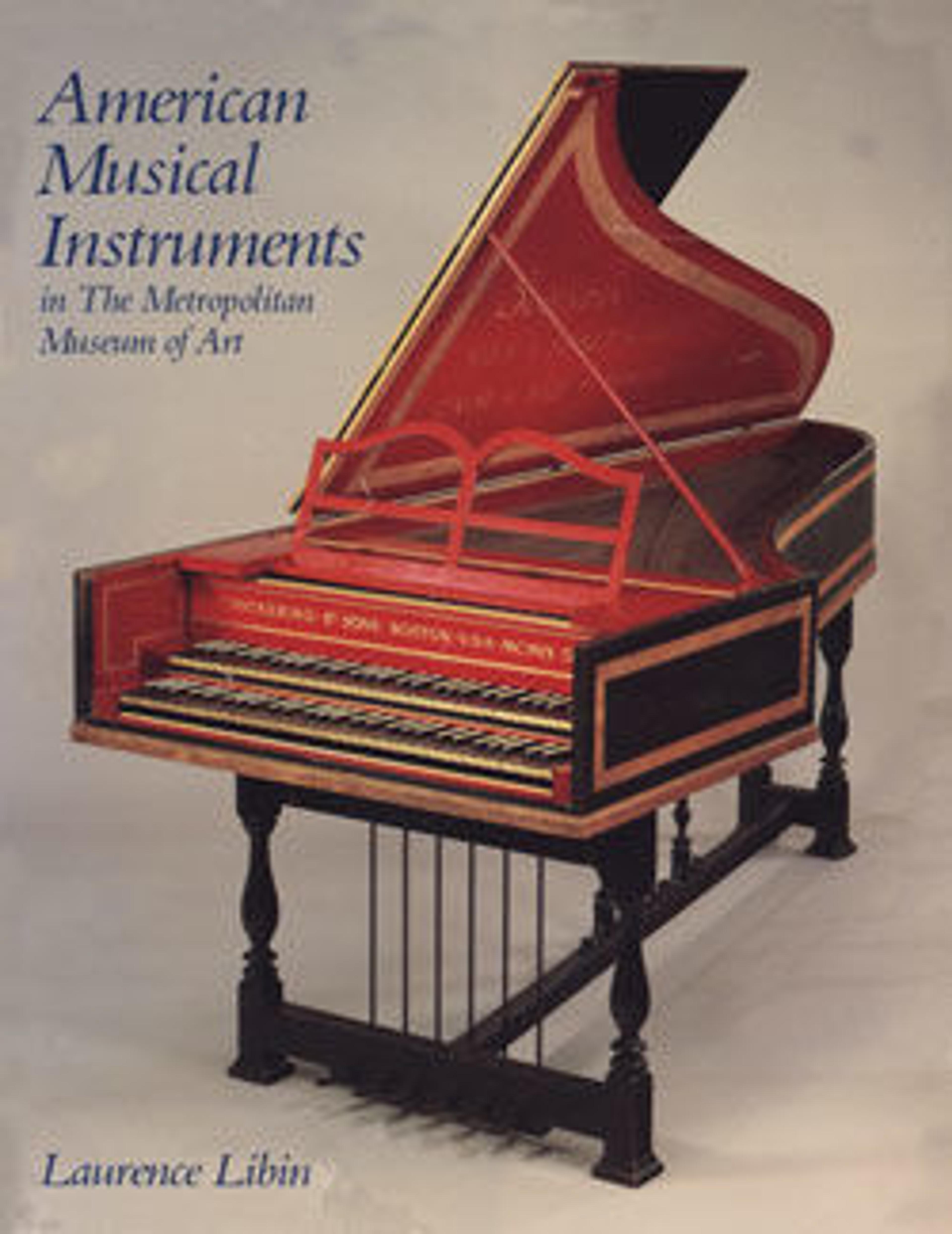Square Piano
Jonas Chickering was the founder of the venerable Boston piano manufacutring company J. Chickering. Born in New Hampshire, he first apprenticed with the cabinet maker John Gould, before moving in 1818 to Boston. By 1819, he was working with the piano builder John Osborn and in 1823 started a piano making partnership with James Stewart. The partnership dissolved within a few years and in 1830, Chickering became associated with the merchant John MacKay and their success led to the constructing in 1837 of a five-story factory and concert hall. After MacKay was lost at sea in 1841, Chickering mortgaged the factory and over time was able to purchase all of the company's shares. In 1852, the Chickering factory burned down. During the reconsturction of a new factory, Chickering died. His sons took over the company and named it Chickering and Sons. The manufacturers pianos were highly valued and won multiple awards at international fairs and competitions. They were the primary American competition for the Steinway firm in New York City and Chickering pianos continued to be made until 1983.
Technical description: Rectangular plain rosewood veneer case with rounded corners and lid, with lid edges and bottom case molding beveled, on 4 straight tapered polygonal legs with cylindrical bases and casters, carved pedal lyre (possibly not original), full metal plate with 2 struts and 12-point star and foliate decoration cast in relief, the case at one time refinished and the damper pedal lever replace; compass: FF-f4 (73 keys), ivory naturals with plain wood fronts, ebony accidental blocks; 2 pedals, left shifting "piano" or mute stop (felt-tipped leather fingers between hammers and strings), right raising dampers; English double action with intermediate lever and backcheck, buckskin? covered hammers, screw adjustment for escapement regulation, curved hammer rail; crank dampers (top 20 notes undamped); lowest 7 notes single-strung, rest double strung, lowest 13 notes steel-wound, unwound strings marked on plate with gauge numbers 10-17. (L. Libin 22 Dec 76.)
Technical description: Rectangular plain rosewood veneer case with rounded corners and lid, with lid edges and bottom case molding beveled, on 4 straight tapered polygonal legs with cylindrical bases and casters, carved pedal lyre (possibly not original), full metal plate with 2 struts and 12-point star and foliate decoration cast in relief, the case at one time refinished and the damper pedal lever replace; compass: FF-f4 (73 keys), ivory naturals with plain wood fronts, ebony accidental blocks; 2 pedals, left shifting "piano" or mute stop (felt-tipped leather fingers between hammers and strings), right raising dampers; English double action with intermediate lever and backcheck, buckskin? covered hammers, screw adjustment for escapement regulation, curved hammer rail; crank dampers (top 20 notes undamped); lowest 7 notes single-strung, rest double strung, lowest 13 notes steel-wound, unwound strings marked on plate with gauge numbers 10-17. (L. Libin 22 Dec 76.)
Artwork Details
- Title: Square Piano
- Maker: Jonas Chickering (American, Mason Village, New Hampshire 1798–1853 Boston)
- Date: ca. 1850
- Geography: Boston, Massachusetts, United States
- Culture: American
- Medium: Wood, various materials
- Dimensions: W. of case across bottom: 179.3 cm (70-1/2 in.); L. of case across bottom: 82.1 cm (32-3/5 in.); D. of case without lid: 31.1 cm (12-1/4 in.); Legs (including metal casters and support blocks): 60.5 cm (23-7/8 in.); 30 octave span: 49.4 cm (19-1/2 in.) (Legs are removed)
- Classification: Chordophone-Zither-struck-piano
- Credit Line: Rogers Fund, 1975
- Object Number: 1975.309
- Curatorial Department: Musical Instruments
More Artwork
Research Resources
The Met provides unparalleled resources for research and welcomes an international community of students and scholars. The Met's Open Access API is where creators and researchers can connect to the The Met collection. Open Access data and public domain images are available for unrestricted commercial and noncommercial use without permission or fee.
To request images under copyright and other restrictions, please use this Image Request form.
Feedback
We continue to research and examine historical and cultural context for objects in The Met collection. If you have comments or questions about this object record, please contact us using the form below. The Museum looks forward to receiving your comments.
